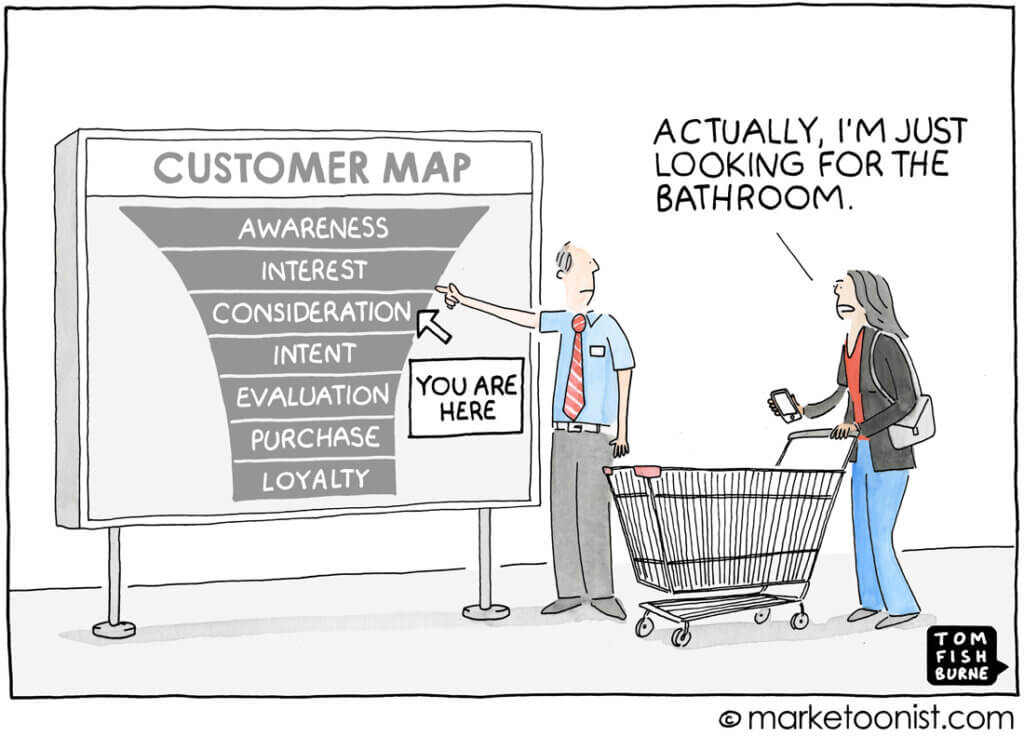
“Knock, knock.”
“Who’s there?”
“Interruptive marketer.”
“🤦🏻♂️”
How many of us have often felt that we have been ad-targeted wrongly by marketers, who are trying to get us converted based on their marketing funnel. Funnel-based marketing worked greatly decades back, but the internet changed the game entirely. Reason – Internet’s ability to give Instant feedback.
Brand vs Performance Advertising Pigeon-hole
Advertising has a split personality. On one side is brand building, driven by storytelling-based video-ads and other broad-reach vehicles – to drive brand favourability by leading people to think or feel something new about the brand, enhance the credibility and trustworthiness. On the other hand, performance advertising deals in the realm of data is to drive Return on Advertising Spend (leads, conversions, etc). The major difference between the two is the measurability of all results and the push to measure the effectiveness of every penny spent.
With the internet’s ability of instant feedback – brand channels are now more measurable than ever before. Capabilities such as programmatic advertising and performance media can be optimized for branding through tactics like sequential storytelling. As a result, advertisers/brands are applying performance methods to the aspects of brand advertising – as the metrics are available across the funnel now & the expectations have become more transactional from digital publishers.
Consequently, publishers are linking brand building and acquisition activities to performance as per the existing marketing-funnel metrics and many publishers are failing to deliver the results as per advertisers’ expectations.
Reason – failing to understand the audience throughout the full-funnel journey.
To solve the above problem, let’s first look at the following 3 trends in the adtech world and how it is changing the future of advertising:
Trend 1: Intent replaces Reach
Those were the days when brands used to go to TV and newspapers, just to reach as many eyeballs as possible. Now, with Facebook, Google, Amazon in the advertising ecosystem – reach no longer works just for eyeballs, but the impact is also measured i.e. achievement of further actions from users. Look at Google search – it is about reaching an audience when they are searching for a specific thing i.e. they have intent at that particular time. Google shows very relevant ads to the people. Similarly, Facebook and Amazon have been successfully capturing the intent signals on their ecosystem and showing relevant ads. The value of reach without intent has dropped to almost zero.
Trend 2: Context replaces content-ad mix
Ads used to be placed next to the content in old-style advertising. Now if you look at successful publishers, ads and content have no strong relationship – they don’t appear next to each other. For example, Facebook is showing ads as per your profile and context – basis who you follow, like, and interact with.
Trend 3: Intent combined with users’ time-availability
Even if we’re able to capture the users’ intent signals, the ads’ relevancy to users is highly dependent on how much time users have to spend on publishers’ destinations. The following 2×2 matrix explains the gist i.e. what type of ads should be shown to users as per their expectations.
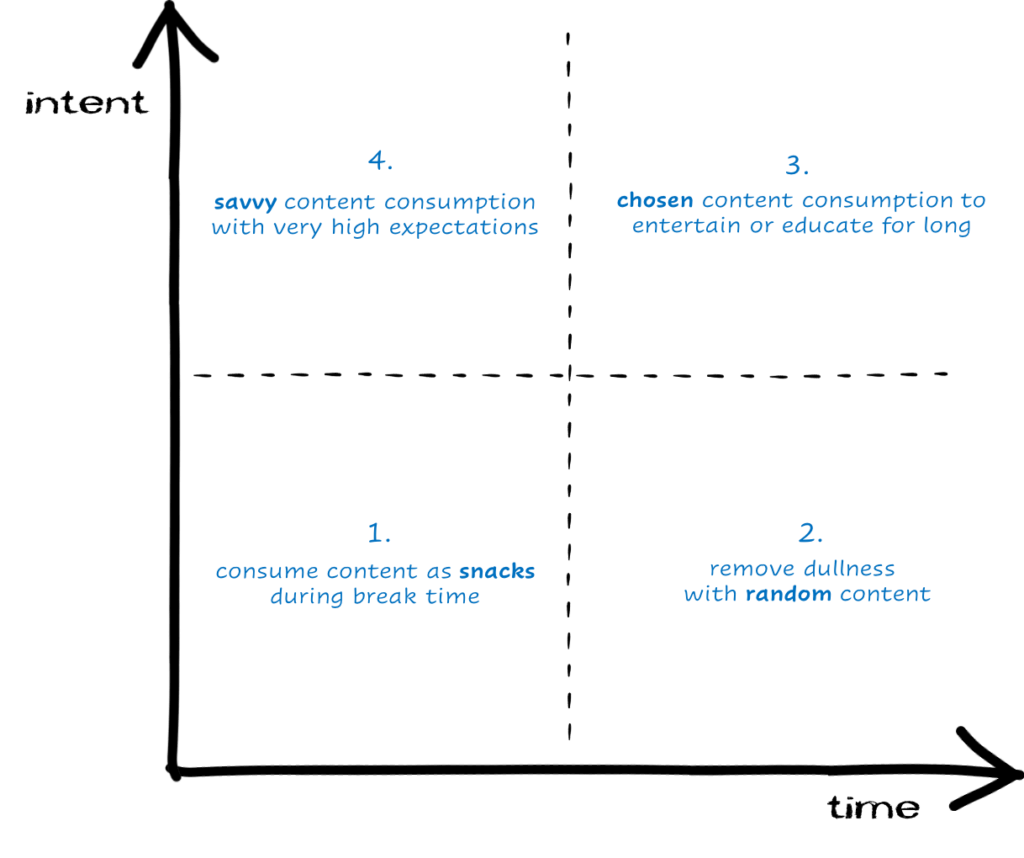
Low-intent users are favorite low-hanging fruits for advertisers as they quite often click on the ads and convert further. Even low-intent users have a preference for ads as per the time they have to engage with those. (read more about “Users’ behavior as per their Intent & time” in this story).
Whereas, high-intent users are difficult to be converted but they are highly valuable (LTV, etc) to advertisers if their intent matches with the ad product.
.
The above 3 trends clearly state that today’s digital advertising is no more about reach, but intent and context combined with time-relevancy. So, digital publishers have to take a step back and evaluate applying performance methods to full-funnel marketing. They need to have their audience understand fully and re-establish the metrics. Full-funnel-based metrics like CTR, CVR are not going to be completely valuable if we don’t add intent and context into it. For example, we calculate conversion ratio as conversions with total impressions (reach) as a denominator. To get the true value out of it – we need to add only those impressions (users) as denominators who have the intent to get converted. Publishers can achieve this by providing one thing to advertisers – Ad Utility.
What is Ad Utility?
Utility means how a product can be useful to users in a way that convinces them to make a purchase. Ad utility is the idea that the best way to sell an ad to users is to show them how the ad provide value to their life. That involves identifying the needs of the particular group of users and then aligning adtech activities with those needs.
Ad utility works at both levels i.e. brand as well as performance advertising. Brands provide ad utility on a performance level by highlighting the different ways (hence different metrics) an ad can enhance a user’s life, and on a brand level, by associating itself with certain types of usefulness.
Steps in providing Ad-utility
1) Invest in understanding the data and capture intent signals
It is important to understand what type of utility the brand or product can give to its audience. That involves identifying the needs of your audience. Let’s try to understand 1st thing 1st – why are users coming to publishers’ destination, what motivates them to do certain actions. Although capturing the intent signals are highly subjective, there are ways (as mentioned below) to gauge it with a high degree of confidence (read more on “Capturing intent signals” in this story):
- Clickstream data – clicks tell us a lot about users’ intent and their expectations.
- Search data – user queries are straight away their intents at the particular time.
- Survey data – determine the intent explicitly by asking users about their needs in a survey in a timely manner.
- Machine learning algorithms – careful analysis users’ actions and activities can tell us about their intent.
2) Bundle user’ intent with the right expectation
Expectations focus on future outcomes, whereas intentions focus on the things you plan to do in order to achieve those outcomes. Providing an ad-utility means enabling the users to act in a desired manner. For users and advertisers, to be happy eventually, it is important that users’ intents are matched and bundled well with their expectations. (read more on “Intent vs Expectations” in this story)

3) Provide ‘Value exchange’ proposition
To rightly market your ad to your audience, you need to be able to develop a value proposition – useful benefits an ad can provide to its users. The narrative is the key – the message is framed in such a way that positions the users as the hero of the deal, where they feel in control to accept or reject.
Measuring Ad-utility
It is important for us to measure if we are able to provide the right ad-utility and achieve successful results. As ad-utility involves discovering how to integrate a product (that ad showcases) into a customer’s lifestyle by emphasizing how it can solve a problem related to the consumer’s needs, we need to establish new (or additional) metrics that combine full-funnel metrics (CTR, CVR, etc) with additional events that users’ actually care about.
For example, CVR or conversion ratio. It is such a performance-oriented metric that brands/advertisers look at it to decide their next steps. Instead of talking about conversion rate, we need to talk about conversion value i.e. how many of those users get converted who have shown the intent in the beginning. Hence, conversion ratio remains conversion ratio is we are showing the ad to the users with right intent only, or conversion ratio becomes conversion value when we subtract the number of users who have seen the ad with no intent. (eCPM calculation in option 2 is complex).
.
In the end, the ad-utility approach will enable publishers to show the value-addition to advertiser’s ROAS & business performance. Advertisers will stop forcing money into meaningless bottom-funnel metrics achievement and, consequently, it will take an undue burden off the publisher’s bottom-funnel expectations. Ad utility is an opportunity for marketers to connect with audiences on a more personal, individual level and tell their story with a system to measure it in terms of value addition.
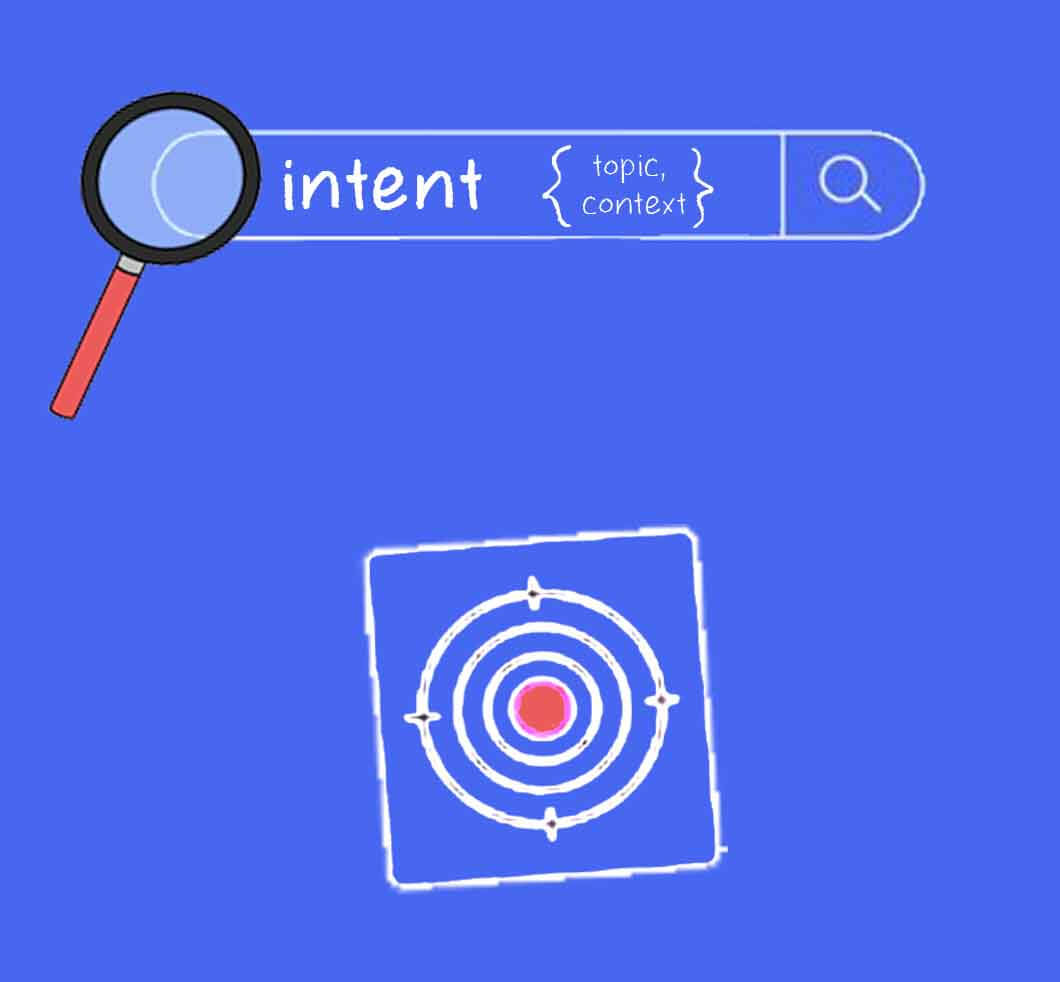
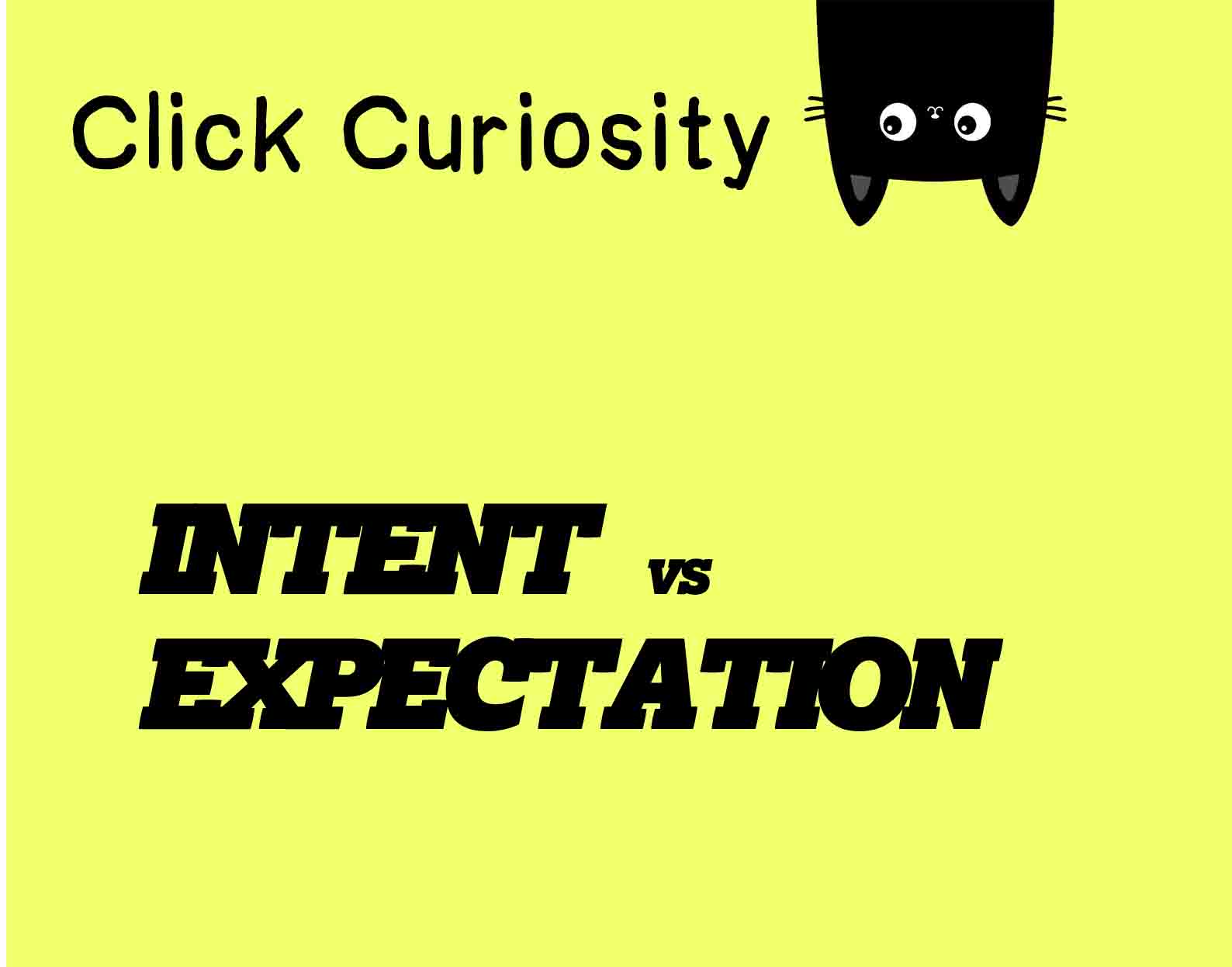
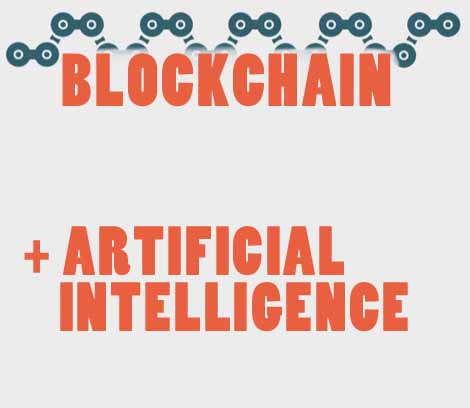
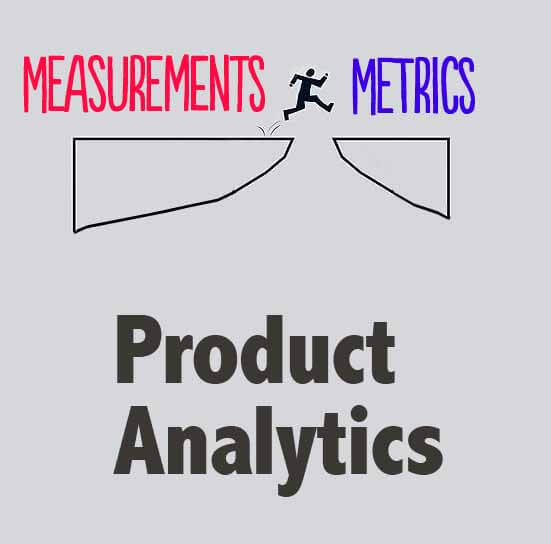
 Swipe for more stories
Swipe for more stories
Comments